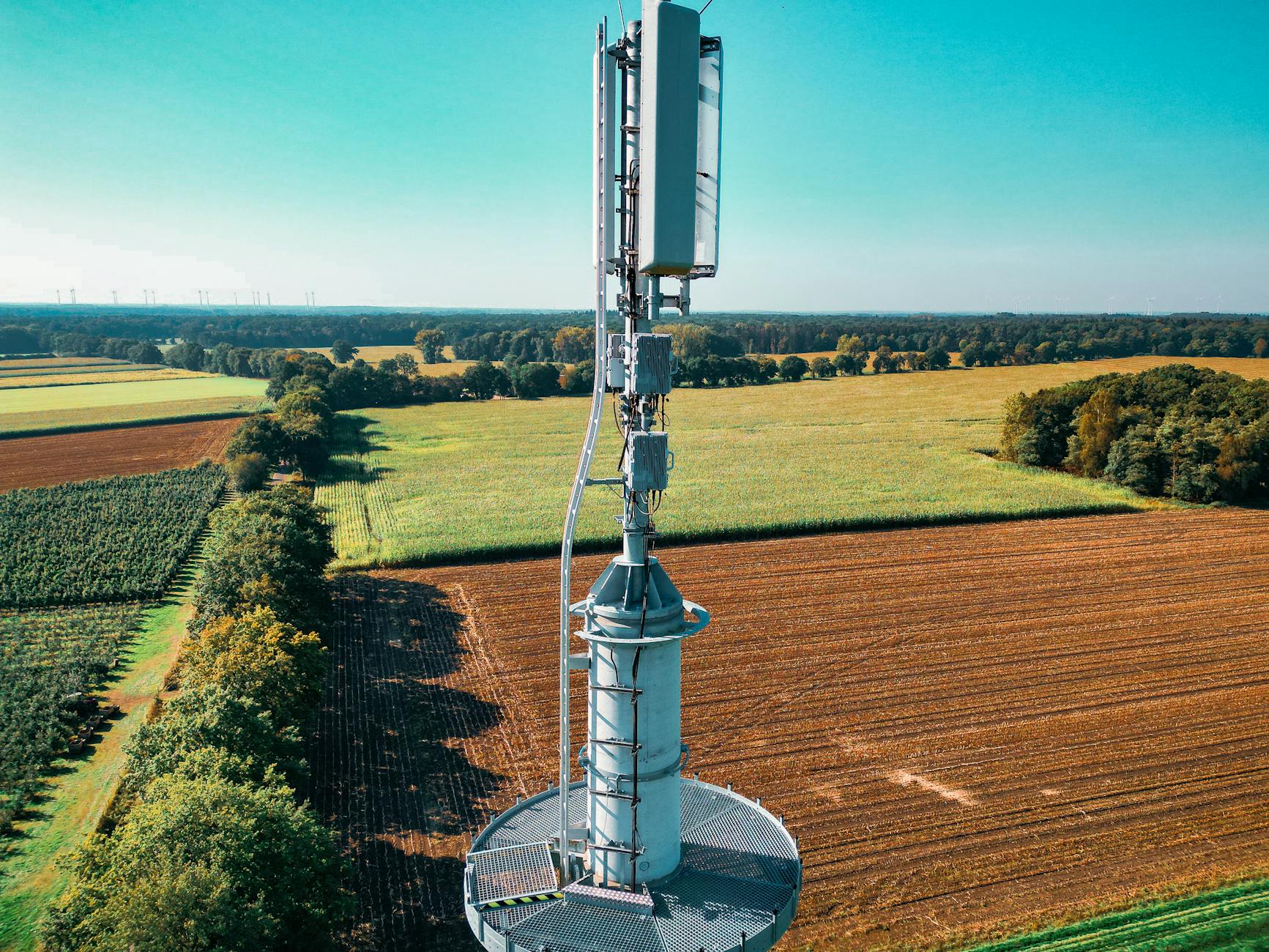For residents in rural and underserved areas, reliable internet can feel like a distant dream. The search for a connection that’s both consistent and speedy often leads to two primary contenders: 5G Fixed Wireless and traditional Satellite Broadband. While satellite has long been the go-to for remote locations, emerging 5G Fixed Wireless technology, particularly through providers like XNET WiFi, is rapidly changing the landscape. This article will dive deep into these two options, comparing their strengths and weaknesses, and highlighting why XNET WiFi’s approach offers a significant advantage for rural broadband.
Understanding the Technologies: 5G Fixed Wireless vs. Satellite
At its core, 5G Fixed Wireless uses high-frequency cellular signals to deliver internet to a fixed location, much like traditional cable or fiber, but wirelessly. It relies on nearby 5G towers to transmit data to a receiver at your home or business. This technology leverages the same advancements that make your smartphone faster, offering potentially much higher speeds and lower latency than previous wireless generations. In contrast, Satellite Broadband involves sending and receiving internet signals from a satellite orbiting Earth. Your data travels a much longer distance, from your home to the satellite, and then to a ground station and back. This considerable distance introduces inherent latency, or delay, which can impact real-time activities.
Speed, Latency, and Reliability: The Performance Factor
When it comes to performance, 5G Fixed Wireless generally offers a compelling edge. XNET WiFi, utilizing a multi-carrier vSIM approach, can tap into various 5G and 4G LTE networks, ensuring you connect to the strongest signal available. This translates to typical download speeds of 150–400 Mbps with their 5G solutions, and often much higher peaks. Crucially, the latency is significantly lower than satellite, often under 50ms, making it suitable for video calls, online gaming, and streaming without frustrating lag. Satellite internet, while improving, can still suffer from latency of 500ms or more, which is readily noticeable. Weather can also impact satellite performance more severely, with heavy rain or snow potentially disrupting the signal, while 5G Fixed Wireless is generally more resilient to these disruptions, especially when installed correctly.
Installation and Hardware Considerations
The installation process is another area where technology choices diverge. Satellite installations typically require a clear view of the southern sky for an outdoor dish and often professional installation, which can incur additional costs and scheduling delays. XNET WiFi’s approach is designed for simpler, often self-installable hardware. Their 5G routers and hotspots are plug-and-play devices that connect to the cellular network without complex alignment or specialized tools. This ease of setup means you can get online much faster, and if you move, most XNET WiFi devices can be taken with you, offering flexibility that fixed satellite dishes do not provide.
Data Plans and Cost-Effectiveness
Comparing data plans reveals distinct pricing models and data allowances. Satellite plans often come with strict data caps and can be expensive, especially for higher bandwidth needs. Exceeding these caps can lead to exorbitant overage charges or throttled speeds. XNET WiFi offers a range of plans, including “unlimited” options (though heavy usage above 800GB might see speeds deprioritized, a common practice across many ISPs). Their pricing is competitive, with comprehensive 5G unlimited plans often falling within a more accessible range than comparable satellite offerings that provide similar speeds and data limits. The lack of long-term contracts and a 14-day money-back guarantee also makes XNET WiFi a lower-risk choice for rural consumers.
XNET WiFi’s vSIM Advantage for Rural Areas
The true differentiator for XNET WiFi in rural broadband is its innovative tri-carrier vSIM (virtual SIM) technology. Instead of being locked into a single carrier’s network coverage, which can be spotty in remote regions, XNET devices automatically connect to the strongest available signal from Verizon, AT&T, or T-Mobile. This significantly broadens the effective coverage area, making 5G speeds and reliable connections accessible in more places where traditional wired or single-carrier wireless options fail. For rural users, this means a much higher probability of experiencing fast, stable internet, transforming what was once a connectivity desert into a viable option for modern digital life, whether for remote work, education, or entertainment.
In conclusion, while satellite internet has historically served rural areas, 5G Fixed Wireless, powered by technologies like XNET WiFi’s multi-carrier vSIM, represents a significant leap forward. The advantages in speed, lower latency, easier installation, and more flexible data plans make it a superior choice for most rural broadband needs. XNET WiFi’s ability to seamlessly switch between major networks ensures a more reliable and robust connection, overcoming the coverage limitations of single carriers and the inherent performance drawbacks of satellite. For those seeking true high-speed internet in the countryside, exploring XNET WiFi’s 5G solutions is a definitive step towards achieving reliable connectivity with fewer compromises.
Image by: Sascha Weber
https://www.pexels.com/@buxteh







